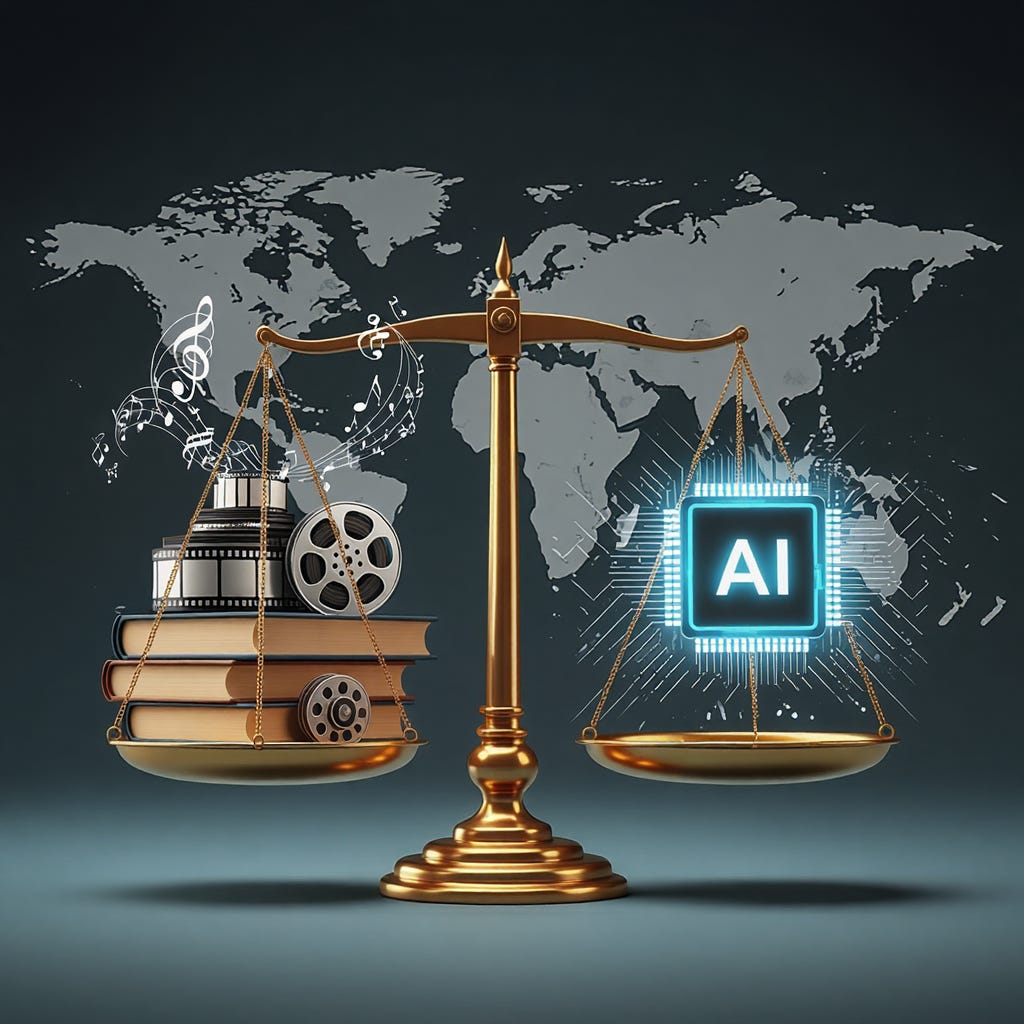A Rights Reset After the Verdicts
Engineering AI’s Next Era of Responsibility Where Rights Return to the Center
This essay was contributed by, Jeff Allen, over 20 years experience working with Big Tech in Media, founder of Flikforge, an end-to-end data management platform for AI-powered video creation focused on making the entire ecosystem legally trustworthy.
For the better part of a decade, artificial intelligence companies operated in the shadows of legal ambiguity. They trained models on oceans of digital content including books, music, images, code, and were often scraped from the open internet without permission. These datasets were vast, messy, and, crucially, unlicensed. For years, the industry thrived on the assumption that “fair use” might shield them from liability, or at least delay the inevitable reckoning long enough to establish market dominance.
That era is closing. Once lawsuits began landing in earnest, the reality changed. Public datasets have been exhausted, high-quality proprietary material is locked behind paywalls, and lawsuits have peeled back the veneer of legitimacy that…




